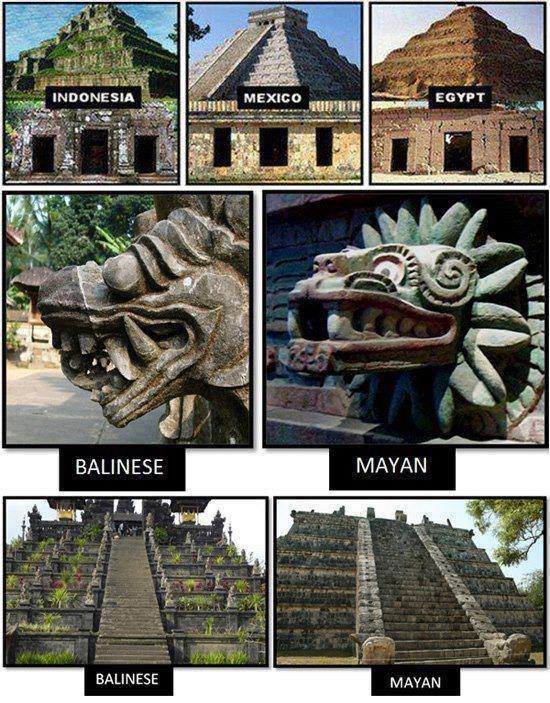Joseph Campbell Unites the Human Race
Joseph Campbell sought to unite the entire human race with a common ideology. Having been raised Catholic, Campbell eventually became interested in other ideological philosophies. Using the work of Carl Jung, Adolf Bastian, Heinrich Zimmer and others, Campbell was able to compile a unifying portrait of human society. The conclusion reached, in the end, is that art, in an advanced technological society, serves as the new spiritual motivator of mankind.
Before globalization and advanced technology, religion would suffice in keeping the tribal group unified and functional. But with the technological progression of the human race, and because of the awareness of other ways of interpreting the world, in addition to the advancement of science, specifically astronomy and archaeology, traditional religious explanations and lessons simply lost their ability to quench mankind’s curiosity.
Often it is literature, film or music that inspires people. It is true that many people still find comfort and motivation in ancient religious texts, but art, is the truly universal motivator. It is inclusive of everyone and everything, not just one particular tribe or ethnicity.
Equating religious symbols with signals of the natural environment, Campbell demonstrates how religious truths can be real, even when apparently contradicting tenets of science: “Whenever a myth has been taken literally, its sense has been perverted; but also, reciprocally, that whenever it has been dismissed as a mere priestly fraud or sign of inferior intelligence, truth has slipped out the other door.”
Campbell connects his explanation of the innate releasing mechanism to art: “Human experience and human art, that is to say, have succeeded in creating for the human species an environment of sign stimuli that release physical responses and direct them to ends no less effectively than do the signs of nature the instincts of the beasts.”
A basic education in modern times really ought to include the major archaeological discoveries of the 19th and 20th centuries. In his book ‘Primitive Mythology’ Campbell writes:
“The two learned disciplines from which the lineaments of a sound comparative science might first have emerged were those of the classics and the bible. However, a fundamental tenet of the Christian tradition made it appear to be an act of blasphemy to compare the two on the same plane of thought; for, while the myths of the Greeks were recognized to be of the natural order, those of the bible were supposed to be supernatural. Hence, while the prodigies of the classical heroes (Herakles, Thesus, Persusus, etc) were studied as literature, those of the Hebrews (Noah, Moses, Joshua, Jesus, Peter, etc) had to be argued as objective history; whereas, actually, the fabulous elements common to the two precisely contemporary, Eastern Mediterranean traditions were derived equally from the preceding, bronze-age civilization of Mesopotamia – as no one before the development of the modern science of archaeology could have guessed.”
Joseph Campbell’s important findings can be accessed by video in large part thanks to Bill Moyers. His work is a science and logic based method of uniting the human race.